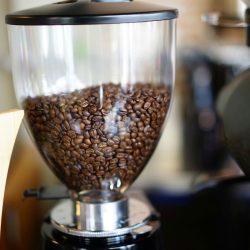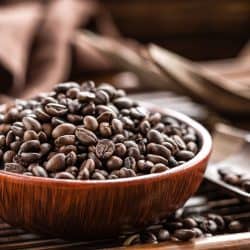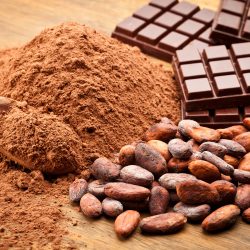When it comes to food preparation, salt plays an important role in the kitchen. It is one of the main ingredients when you want to make delicious food. However, you wonder if you can grind salt in a coffee grinder or food processor. We have researched the best methods to grind salt so it will be to your liking for the next recipe.
People wonder if they should grind salt using a coffee grinder or a food processor. Well, it depends on the amount of salt to grind. You can grind large quantities of salt in a food processor. On the other hand, you might also grind salt in smaller batches using a coffee grinder.
It is important to grind salt to the right consistency depending on the food preparation. As you keep reading, we will discuss and share details about salt and its preparation.
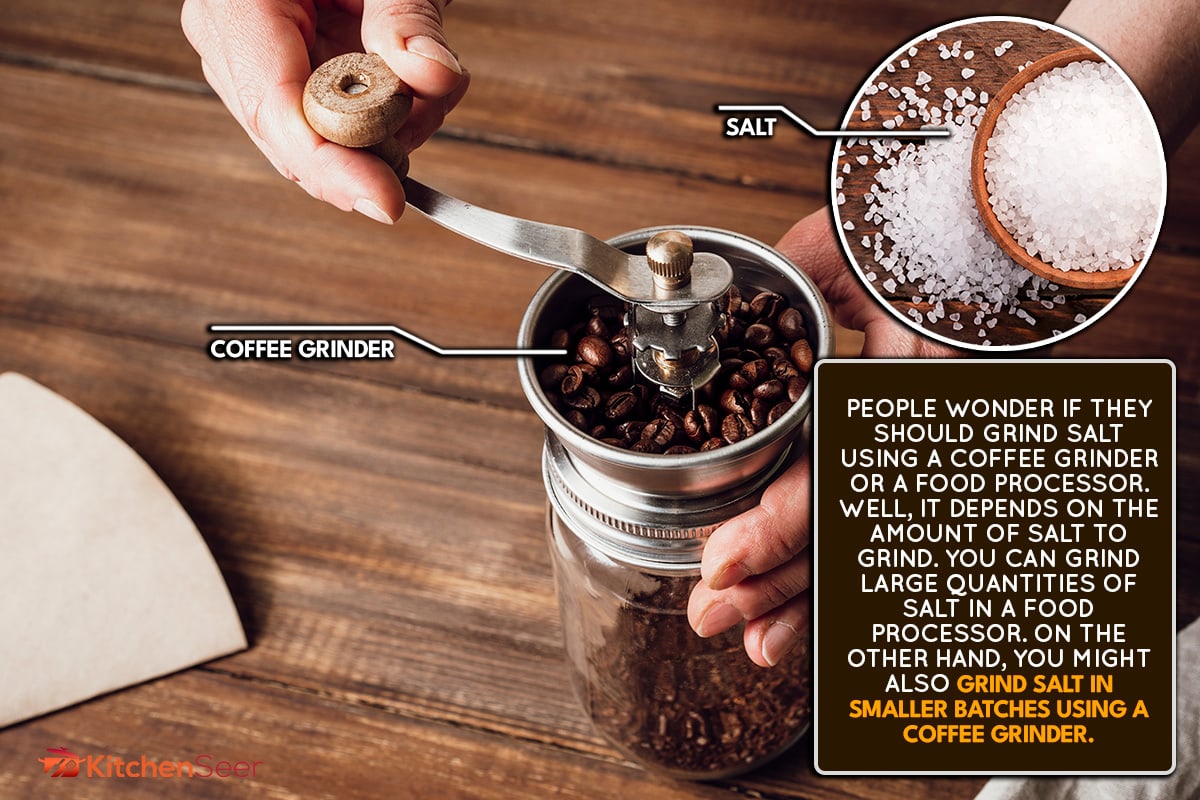
Salt Grinder Vs. Coffee Grinder
Salt grinders are one of the kitchen essentials. Adding salt gives texture and flavor to different foods to produce authentic dishes. Since salt is an important ingredient in every cooking preparation, it can be difficult to cook without a grinder close at hand.
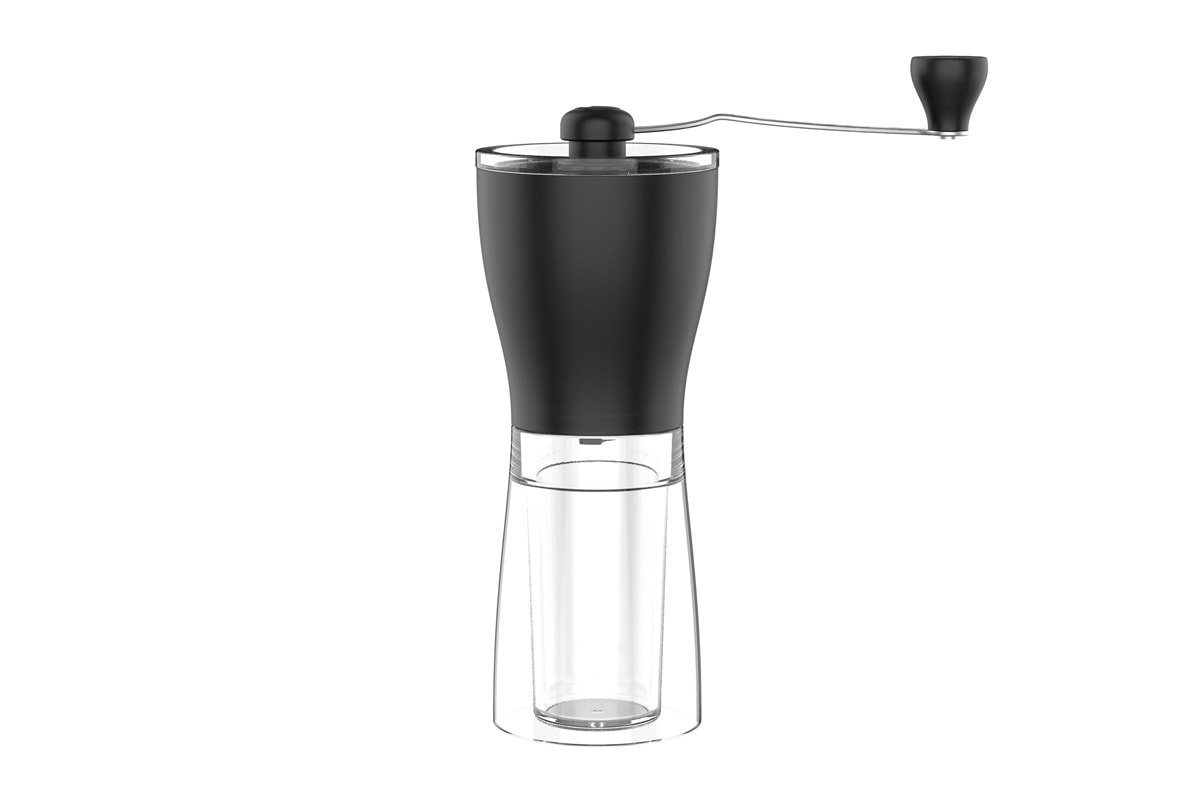
Salt grinders and coffee grinders differ in their blades. A salt grinder has blades that grind salt into smaller pieces, while coffee grinders have a conical burr that grinds coffee beans, thus making the beans turn into a smoothly ground coffee.
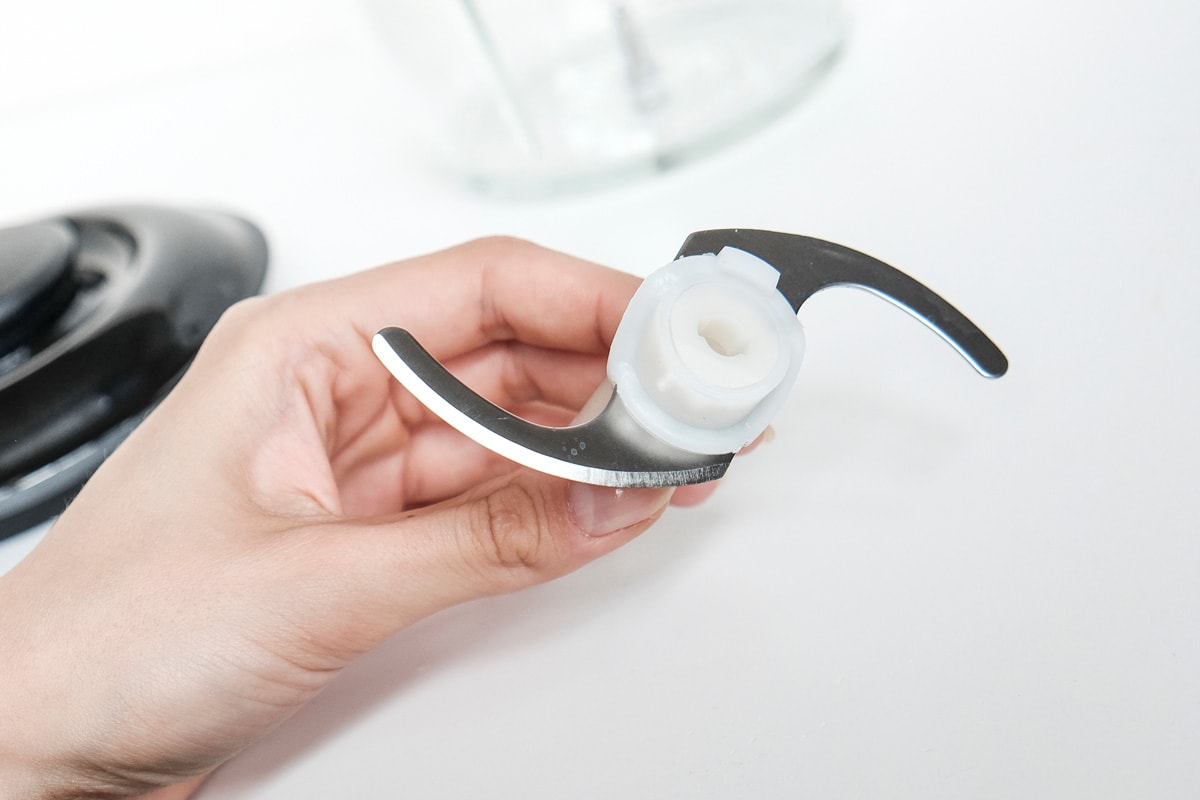
This coffee grinder is available on Amazon.
Grinding Salt in a Food Processor
Most salts are used as finishing in many dishes, which allows you to appreciate the flavor and texture of the food. Sea salts can be ground using a food processor, especially in large quantities. They are usually wet that need a plastic or a ceramic grinder. Sea salts need to be ground to achieve the best result.
How To Grind Salt Without A Grinder?

For the past years, even without a grinder and food processor, the mortar and pestle have been the best tools to grind and crush anything. You will still get the best result if you know how to use it. The trick here is to crush them patiently, ensuring that salts are uniformly crushed. Remember not to fill them because it will be hard for you to grind. Work in batches.
This mortar and pestle set is available on Amazon.
Try these steps:
- Fill the mortar with salt, just a small quantity.
- Hold the pestle. Apply pressure and twist when pressing down.
- Roll the crushed salt around and move as needed to know if you have reached the desired texture and finest of the salt.
Methods for Cleaning a Food Processor
After grinding your salt or any other food, it is important to clean the food processor properly. By following the methods below, you can ensure a healthy lifestyle using clean kitchen implements.
Damp Cloth
Use a clean, wet cloth when cleaning the dried-up food particles. Apply light pressure to remove stuck-on food particles from the food processor, moving cautiously on the blades.
Sponge
Scrub away the food debris using a sponge. Clean it properly as well as the blade. Rinse off with water and put it back in its proper holding.
Soft Bristle Brush
A brush best cleans up tiny food particles from the blades. Make sure to take extra precautions on brushing the blades.
Dishwashing Soap
Use this to clean sticky foods accumulated in the food processor. Make sure to rinse it off properly so it won’t affect the taste of the food and for the processor to last long.
Vinegar
Foods stuck in the food processor may easily loosen with the help of vinegar. It also helps to prevent the growth of certain bacteria.
Lemon Juice
This is also acidic that loosens the hardened food substance inside the processor. If you don’t have lemon, you could also use oranges as they are acidic too.
An all-in-one food processor and blender is available on Amazon. Check this out.
Do You Need To Put Salt In Your Coffee?
Salt does not reduce the bitterness of your coffee; instead, it’s saltier. Here are the reasons why salt is better in your coffee.
- Salt will neutralize the bitterness of your coffee. The sodium ion will stop your taste buds from identifying the bitter taste.
- Salt enhances stale water. When you keep your coffee for a long time, the water becomes stagnant. Coffee is good in the water, but water quality improves when added to salt. The salt makes the water denser rather than stagnant.
- Salt brings out the natural flavor of the coffee. You need not taste any coffee beans because salt retains the taste of your coffee. It enhances the flavor of your beans as time goes by.
- Salt is a sugar replacement. For those who want to limit their sugar intake, use salt. It does not sound like you need to swap salt with sugar, but your coffee will taste better.
The Roles of Salt in Food Preparation
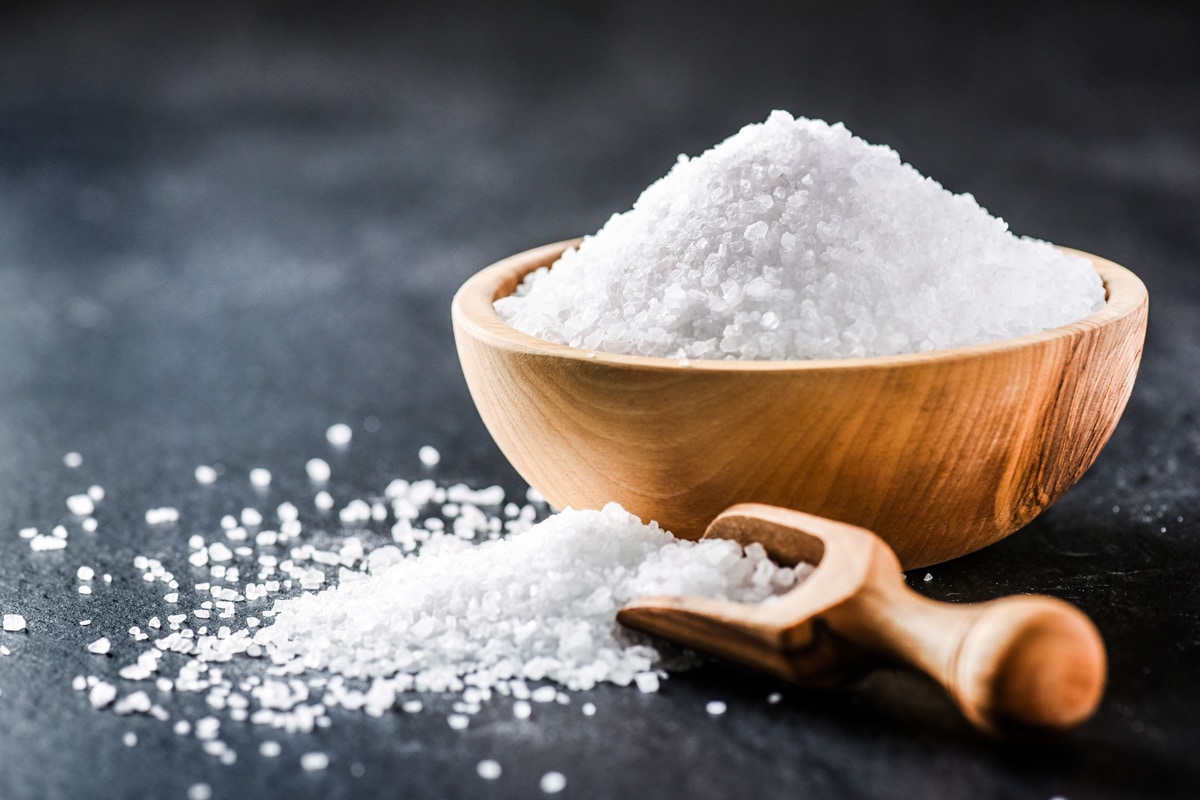
Before anything else, know the role of salt in every food preparation.
When you think of a balanced diet, it is composed of complete vitamins and minerals and sources of sodium. We consume different amounts of salt depending on our eating habits. For many years, salts have been used as food preservatives and taste enhancers. The list below explains the details.
Preservative
Salt is the number one ingredient when you want to preserve fish, meats, dairy products, and the like. A long time ago, salt was known to use when there was no means of preserving and storing foods, such as refrigerators and freezers.
Salt as a preservative inhibits bacterial growth, thus making the food safe to eat. It also draws water and bacteria out of the food cells, which causes the process of osmosis. When the water has been reduced from the food, it will slow down the growth and reproduction of bacteria.
Seasoning
Generally, salt as seasoning enhances and brings out all the natural flavors and tastes of every food.
Binder
Salt act as a binding agent by extracting myofibrillar proteins in most processed meats and increases the muscle protein solubility. So, when added to processed meat, gelatinization of proteins is formed, thus binding the products.
Color Enhancer
Salt enhances the color of foods such as bacon, hotdog, and ham. Along with sugar, salt also produces color in processed meats for appetizing. In baking, salt promotes the golden color of the bread crust as it reduces the destruction of sugar in the dough and decreases the process of caramelization.
Texture Enhancer
Little has been known that salt help creates texture in food. Yeast bread has a mixture of salt that affects gluten formation and yeast fermentation. These affect the bread's fine texture.
Salt is gelatinized in most processed meats and cheese production. The moisture content of the meat is preserved so that there will be less saturation of fats. For steak dishes, when salted properly, more liquid is released to enhance the tenderness and juiciness of the meat.
Fermentation
In fermentation, salt promotes the growth of healthy bacteria and, at the same time, kills the bad bacteria. Remember that accurate measurement of salt and water is important, especially in vegetable fermentation, as it will be submerged in saltwater. Too much salt kills bacteria but does not undergo fermentation.
In Conclusion
We have just unlocked answers for you. You can grind salt either in a coffee grinder or food processor. Just pay attention to the technique as well as the taste it produces.
If you enjoyed reading this article, you might want to read these related posts:
Can An Immersion Blender Grind Coffee Beans?
Can You Use A Meat Grinder To Rice Potatoes?




